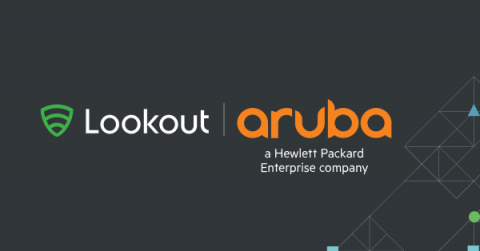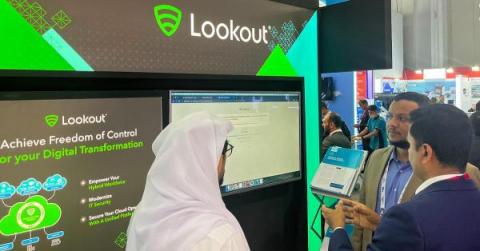Lookout and HPE Aruba Announce Integrated SASE Architecture
To streamline networking management and modernize IT operations organizations are deploying software-defined wide area network (SD-WAN) systems. But as networking becomes cloud-delivered, security often lags behind. With data and applications moving to the cloud, you need an efficient way to secure the activities that are going on between branch locations and the cloud.












